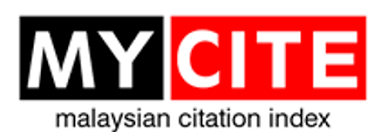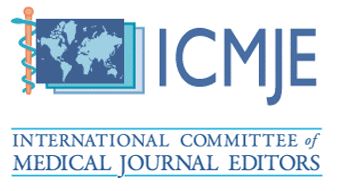A Knowledge Assessment of the Surgical Safety Checklist among Operating Room Nurses in Malaysia
DOI:
https://doi.org/10.51200/bjms.v18i3.5368Keywords:
surgical safety checklist, operating room nurses, awareness, MalaysiaAbstract
Surgical complications present a significant challenge worldwide. To address this issue, the World Health Organisation (WHO) introduced the Surgical Safety Checklist (SSC) as a means to decrease complications and fatalities during surgery. Nurses play a critical role in ensuring patient safety throughout the operation. A clear understanding of the checklist promotes effective communication within the surgical team, fosters a safety culture, and reduces complications. However, limited research has been conducted in accessing knowledge of operating room (OR) nurses regarding SSC, especially in the context of Malaysian healthcare. Therefore, this study was conducted to evaluate the level of knowledge of SSC among OR nurses in Malaysia. A quantitative approach with a descriptive design was used, involving ninety (90) OR nurses from Sultan Ahmad Shah Medical Centre (SASMEC@IIUM). The nurses completed a self-administered questionnaire and the results revealed good knowledge of the preoperative phase checklist (68.9%), intraoperative phase checklist (73.3%), and postoperative phase checklist (77.8%). However, a minority of nurses (around 20–30% across three different phases) needed improvement. This study suggests that the SSC has been effectively implemented at SASMEC@IIUM. However, it also emphasises the importance of ongoing education to ensure that all nurses have a thorough understanding of the checklist.
Downloads
Published
How to Cite
Issue
Section
License
All articles are published under the Creative Commons Attribution-NonCommercial (CC BY-NC 4.0) license, enabling users to read, download, copy, distribute, and adapt the material for non-commercial purposes, provided proper credit is given to the original authors and the source. This model supports transparency, accessibility, and the global exchange of medical knowledge.








1.png)





